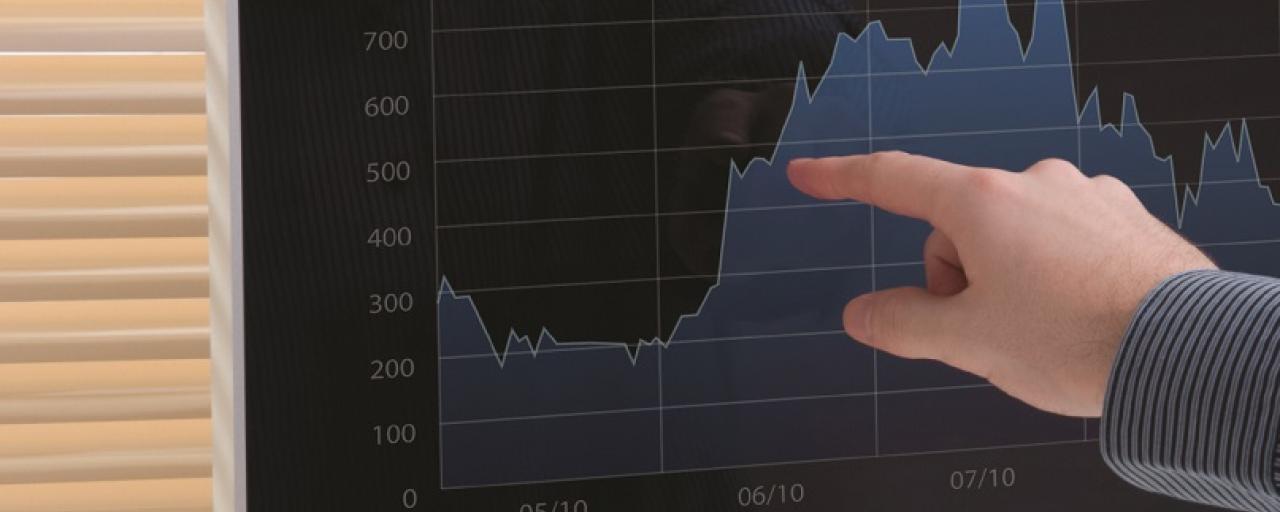The next big breakthrough in computing technology is already here, and it goes by the name of artificial intelligence. It’s not exactly a new concept — you can trace the origins of AI all the way back to Aristotle in 4th century B.C.
copyright by www.manufacturing.net
 Although recent innovations have enabled many improvements, even over those of the 19th and 20th centuries, it pales in comparison to forecasts for the future. What Is a Smart Factory, and How Is It Better?
Although recent innovations have enabled many improvements, even over those of the 19th and 20th centuries, it pales in comparison to forecasts for the future. What Is a Smart Factory, and How Is It Better?
A smart factory uses strategic planning, data-driven resource allocation, machine learning — or AI — and automation to keep costs low and profits high. It also emphasizes sustainability and eco-consciousness above mindless, mass production. Recent smart factory breakthroughs include:
- Strengthening material yields in the semiconductor industry by up to 30 percent
- Improving the accuracy of demand forecasts to reduce consumer energy costs
- Bolstering inventory turns by 25 percent through comprehensive modeling and advanced algorithms
- Achieving a 35 percent reduction in testing and calibration times
Current-gen factories are a marked improvement when contrasted with factories of past generations. They’re more energy-efficient, cost-effective and eco-friendly than ever before — but there’s still room for improvement.
According to a recent report, more than three-quarters of manufacturers either have an active smart factory program or are currently in the planning stages of one. Forecasts also predict vast enhancements to productivity. The same study found that smart factories could add $1.5 trillion to the global economy by 2021.
AI Isn’t Alone in the Smart Factory Future
While AI will play a significant role in the future of the modern smart factory, it’s not the only contributor. To maximize industry 4.0’s benefits, manufacturers need to balance machine learning with automation.
According to those who’ve already started their transition to the smart factory, the balance is a delicate one. Next-gen technology, including AI and automation, has the potential to streamline operations and drive productivity in any factory setting. Unfortunately, this often results in lost jobs and a workforce that is forced to adapt to survive.
Some factories, though, experience the opposite effect. Instead of taking jobs away from humans, next-gen robots are, in some cases, creating new jobs. They also fill in to perform tasks that are hazardous to their human counterparts.
Thank you for reading this post, don't forget to subscribe to our AI NAVIGATOR!
These collaborative robots, dubbed cobots, are already integrated into the American workforce. Apart from completing dangerous jobs, they also collect and analyze data, generate automated reports and provide recommendations on potential process improvements. […]
read more – copyright by www.manufacturing.net


The next big breakthrough in computing technology is already here, and it goes by the name of artificial intelligence. It’s not exactly a new concept — you can trace the origins of AI all the way back to Aristotle in 4th century B.C.
copyright by www.manufacturing.net
A smart factory uses strategic planning, data-driven resource allocation, machine learning — or AI — and automation to keep costs low and profits high. It also emphasizes sustainability and eco-consciousness above mindless, mass production. Recent smart factory breakthroughs include:
Current-gen factories are a marked improvement when contrasted with factories of past generations. They’re more energy-efficient, cost-effective and eco-friendly than ever before — but there’s still room for improvement.
According to a recent report, more than three-quarters of manufacturers either have an active smart factory program or are currently in the planning stages of one. Forecasts also predict vast enhancements to productivity. The same study found that smart factories could add $1.5 trillion to the global economy by 2021.
AI Isn’t Alone in the Smart Factory Future
While AI will play a significant role in the future of the modern smart factory, it’s not the only contributor. To maximize industry 4.0’s benefits, manufacturers need to balance machine learning with automation.
According to those who’ve already started their transition to the smart factory, the balance is a delicate one. Next-gen technology, including AI and automation, has the potential to streamline operations and drive productivity in any factory setting. Unfortunately, this often results in lost jobs and a workforce that is forced to adapt to survive.
Some factories, though, experience the opposite effect. Instead of taking jobs away from humans, next-gen robots are, in some cases, creating new jobs. They also fill in to perform tasks that are hazardous to their human counterparts.
Thank you for reading this post, don't forget to subscribe to our AI NAVIGATOR!
These collaborative robots, dubbed cobots, are already integrated into the American workforce. Apart from completing dangerous jobs, they also collect and analyze data, generate automated reports and provide recommendations on potential process improvements. […]
read more – copyright by www.manufacturing.net
Share this: